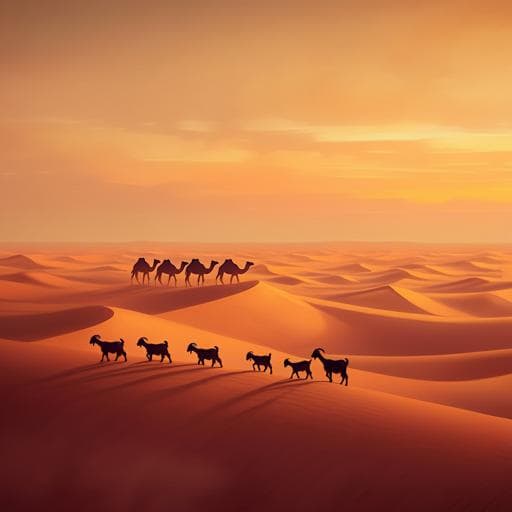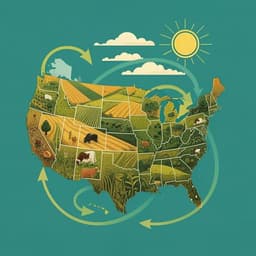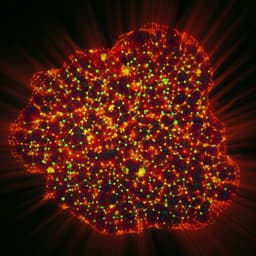
Agriculture
A shift from cattle to camel and goat farming can sustain milk production with lower inputs and emissions in north sub-Saharan Africa's drylands
J. Rahimi, E. Fillol, et al.
Discover how climate change is challenging cattle-based dairy systems in north sub-Saharan Africa, threatening essential livelihoods and food security. Research by Jaber Rahimi, Erwann Fillol, John Y. Mutua, Giuseppina Cinardi, Timothy P. Robinson, An M. O. Notenbaert, Polly J. Ericksen, Michael W. Graham, and Klaus Butterbach-Bahl reveals that shifting herd composition to include more goats and camels could enhance resilience and improve milk production amidst worsening environmental conditions.
~3 min • Beginner • English
Related Publications
Explore these studies to deepen your understanding of the subject.







